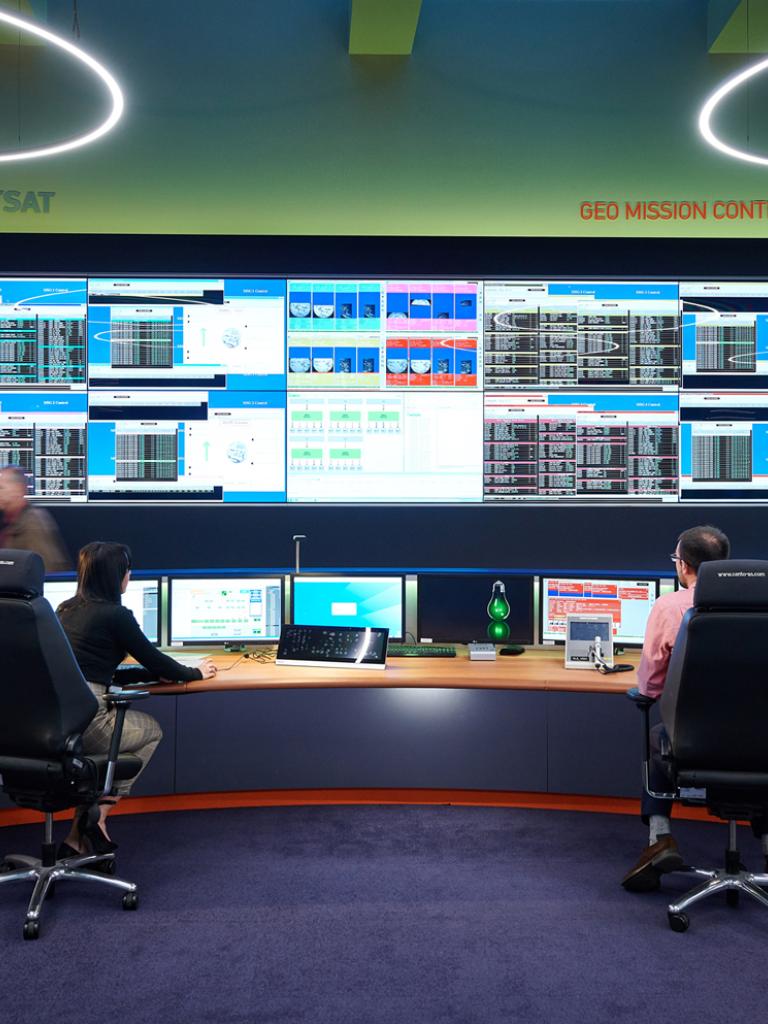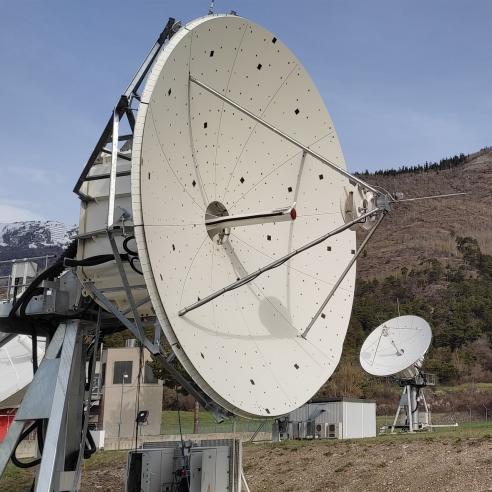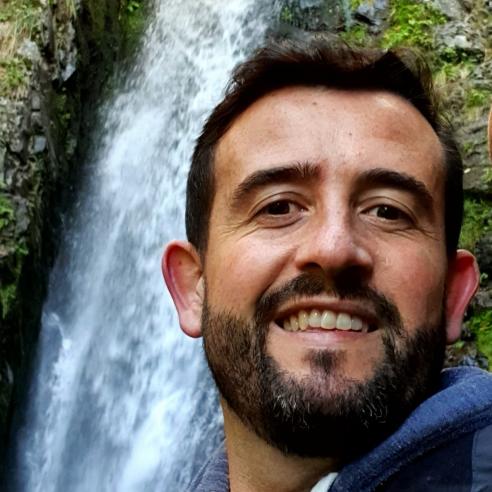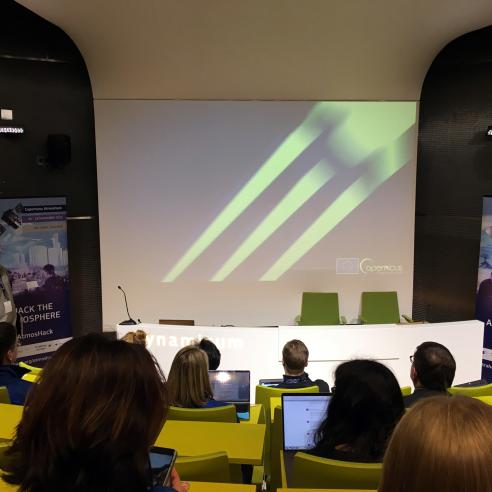
The woman behind the many moving parts of MTG
Meet Susanne Dieterle, one of many behind the Meteosat Third Generation mission


As we gear up for the end-of-the-year launch of the first of the Meteosat Third Generation satellites, we’re shining a spotlight on the experts who are making this mission happen.
“I’m responsible for the full system minus the satellite,” she said. “We make sure we get the right inputs when we need them from the space segment and from the ground segment, which is composed of the mission control centre and the various ground stations used to receive data and control the satellite. I manage the system and the teams that integrate everything and verify that it all works. It’s a lot of computers, a lot of software, and a lot of data coming from different places.”
When the Earth observation data, such as data about clouds, lightning strikes, oceans, and wildfires, are collected by Meteosat Third Generation satellites, they will be transmitted to antennas at the ground stations in Lario, Italy, and Leuk, Switzerland. These invaluable data will then be transmitted to EUMETSAT headquarters in Darmstadt, Germany, to be processed before being sent onward to users such as meteorologists, who combine these data with other essential inputs to create life-saving weather reports.
Another crucial component of the system that Dieterle oversees is the data about the health of the satellites. These are transmitted from the satellites to the telemetry, tracking, and command ground stations in Fucino, Italy, and Cheia, Romania, before heading onward to the geostationary mission control centre at EUMETSAT headquarters. There, flight control teams adjust the satellites’ flight path and instruments, keeping everything running smoothly.

“At the end of the day, I make sure that the system itself is working and that the people – the operations people and then the controllers, eventually – are able to act on the system, to monitor and control the spacecraft, and to ensure that the data processing is working fine,” she said.
For Dieterle, managing the people is both the biggest challenge and the part of her job that brings the greatest rewards.
“Everybody is a bit in their own box,” she said. “You have to help people widen their view so that they look on other people’s plate and either take over things that help them reach their own goal or merge activities. Instead of doing the same thing twice a bit differently, let’s do it once, well.”
Author:
Sarah Puschmann


